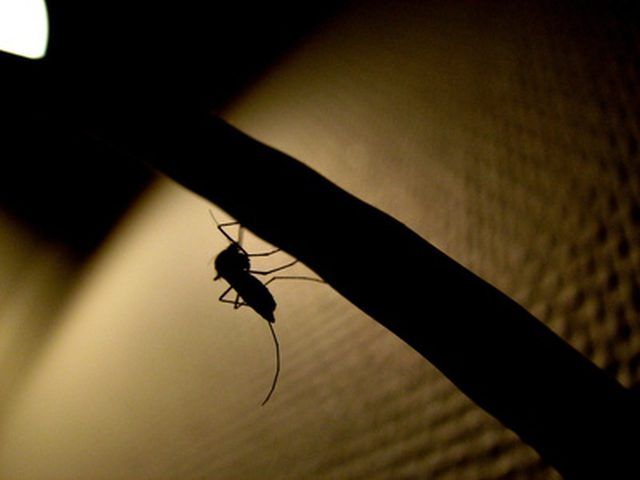Bulbs
Flower Basics
Flower Beds & Specialty Gardens
Flower Garden
Garden Furniture
Garden Gnomes
Garden Seeds
Garden Sheds
Garden Statues
Garden Tools & Supplies
Gardening Basics
Green & Organic
Groundcovers & Vines
Growing Annuals
Growing Basil
Growing Beans
Growing Berries
Growing Blueberries
Growing Cactus
Growing Corn
Growing Cotton
Growing Edibles
Growing Flowers
Growing Garlic
Growing Grapes
Growing Grass
Growing Herbs
Growing Jasmine
Growing Mint
Growing Mushrooms
Orchids
Growing Peanuts
Growing Perennials
Growing Plants
Growing Rosemary
Growing Roses
Growing Strawberries
Growing Sunflowers
Growing Thyme
Growing Tomatoes
Growing Tulips
Growing Vegetables
Herb Basics
Herb Garden
Indoor Growing
Landscaping Basics
Landscaping Patios
Landscaping Plants
Landscaping Shrubs
Landscaping Trees
Landscaping Walks & Pathways
Lawn Basics
Lawn Maintenance
Lawn Mowers
Lawn Ornaments
Lawn Planting
Lawn Tools
Outdoor Growing
Overall Landscape Planning
Pests, Weeds & Problems
Plant Basics
Rock Garden
Rose Garden
Shrubs
Soil
Specialty Gardens
Trees
Vegetable Garden
Yard Maintenance
How to Trap Mosquitoes in Buckets
How to Trap Mosquitoes in Buckets. The mosquito is a parasite that harasses humans and animals alike. Only the female mosquito sucks blood, but she does so in order to lay her eggs. Unfortunately, when she bites, she can transmit blood-borne diseases. Because of this risk, it is important to take precautions to ensure you and your family are not...

The mosquito is a parasite that harasses humans and animals alike. Only the female mosquito sucks blood, but she does so in order to lay her eggs. Unfortunately, when she bites, she can transmit blood-borne diseases. Because of this risk, it is important to take precautions to ensure you and your family are not bitten. One easy precaution is homemade mosquito traps. You can make your own inexpensive traps. One method uses water, a five-gallon bucket and some simple household items. A second method uses just water and buckets.
Things You'll Need
Water
Brown sugar
Drill
3 plastic buckets, 5-gallon
Plastic bucket lid
Large funnel
1 oz. yeast
Caulk
Method One
Bring two gallons of water to a boil. Add 64 ounces of brown sugar to the water and stir to dissolve. Cool the water to 104 degrees..
Use a drill to make a hole in the lid of the 5-gallon bucket. The hole will be used to insert the spout of a large funnel, so the size of the hole depends on the size of the spout of your funnel. The exact funnel size is up to you, but longer spouts work best.
Pour the cooled sugar water mixture into the bucket. Add one ounce of yeast to the bucket. Place the lid on the bucket.
Insert the funnel into the lid hole. Caulk around the seam where the funnel spout and the bucket meet. This will seal the hole so that mosquitoes cannot escape that way.
Place the bucket outside. The yeast will convert to carbon dioxide and attract mosquitoes, which will fly down the funnel spout into the dark bucket. It will be difficult for the mosquitoes to escape from the sugary water and they will drown.
Dump the sugar water mixture every two weeks and replace it with fresh sugar water. Add additional yeast at this time.
Method Two
Ensure all containers that collect water, such as flower pots, birdbaths and garbage cans, are free of standing water.
Fill several five-gallon buckets with water and place them in sunny locations. Placing the buckets in the sun allows moss and algae to grow, which will attract mosquitoes. Allow mosquitoes to lay their eggs in the buckets.
Watch the buckets until you see pupa. Pupa are the third life stage. First, they are eggs, then larva, then pupa and finally adults. Mosquitos generally reach the pupa stage on the sixth day.
Dump the water onto dry ground. This will kill the mosquitoes.
Replace the buckets of water after each dumping.